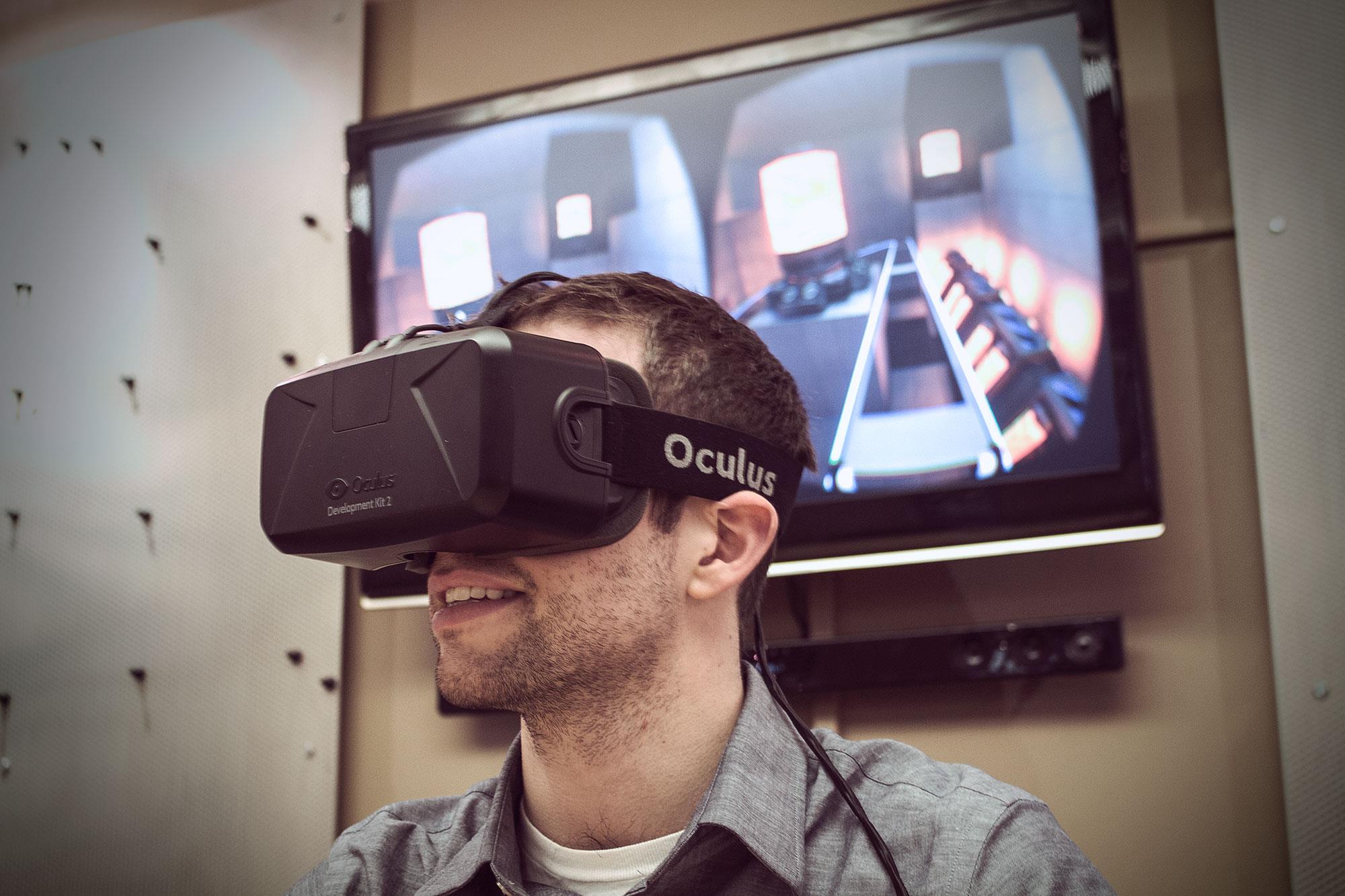Virtual reality technology isn’t the end-all, be-all of digital-native storytelling; however, it’s another step toward closing the gap between customer and brand. From having users experience what it’s like to fly through the galaxy in a Star Wars 360 experience to an outdoor apparel brand making it possible for you to go trekking up a mountain from within your home, VR bridges an emotional response with a physiological one to drive attention to a brand and ultimately help the target audience experience more of what they love.
Brands utilizing the power of VR will soon see their depth of experience multiplied with the growing access to affordable consumer versions of VR technology.
Here are three reasons to use VR to drive attention to your brand.
1) Immersion: VR’s completely immersive experience is an opportunity for you to show a side of your brand that no other platform allows. In fact, VR rewards you not with views, but with participation—for the first time you have a way to put your target into your brand’s experience. In doing so, you present a story that can make your target feel with their entire body. As you know, great marketing evokes emotion; VR allows you to do so on a physiological level.
2) Word of Mouth: The initial reaction once a user takes a VR headset off is awe. They immediately see your brand and the VR experience as “cool” and worth sharing with their friends. In a consumer report by Greenlight VR, it’s noted that 81 percent of those who try VR will tell their friends about the experience.
3) Long-tail: Brands have begun sending Google Cardboard packages to media outlets as a media relations tactic, and some brands are giving them away to customers who visit their store or event. By crafting a VR video now, you’ll be top-of-mind when consumers get access to their VR devices.
It’s important to keep in mind that although VR is an extension to your strategy, it is not the strategy. All in all, VR isn’t going to make people use VR. It still needs to be relevant to the target, and the immersive experience needs to align with the brand’s core idea.
